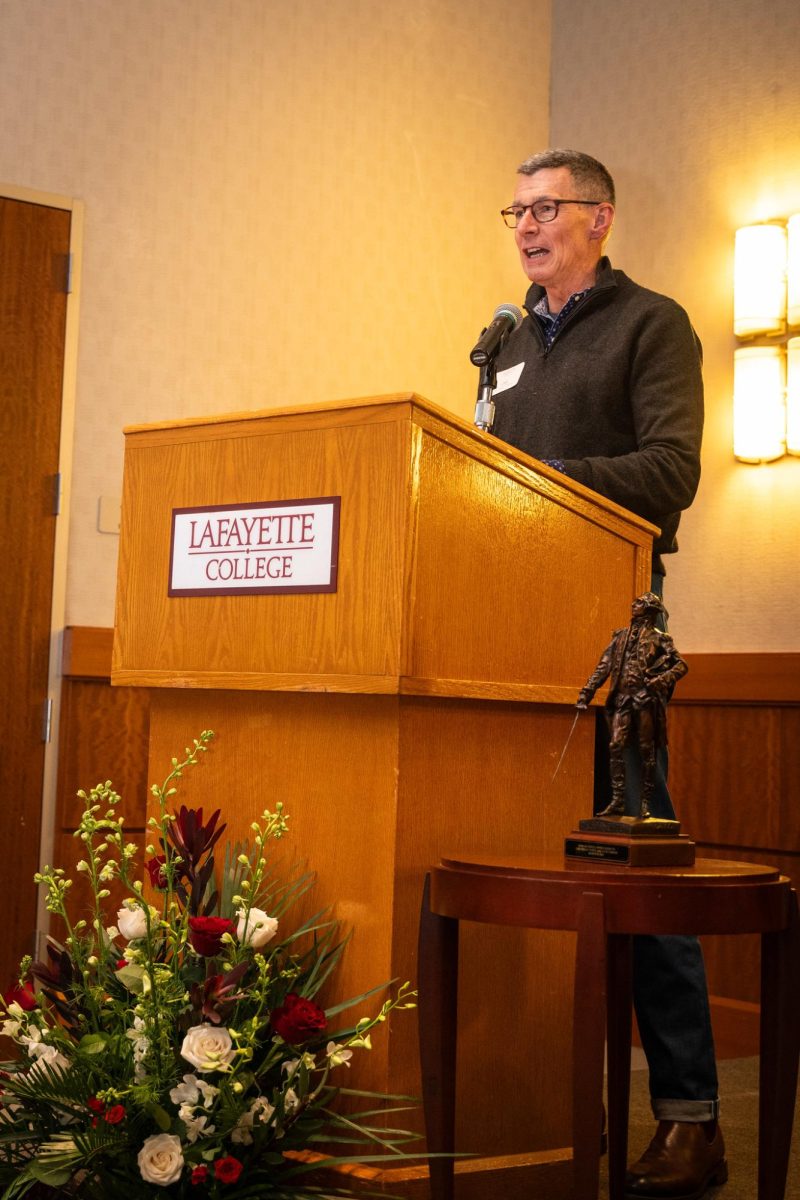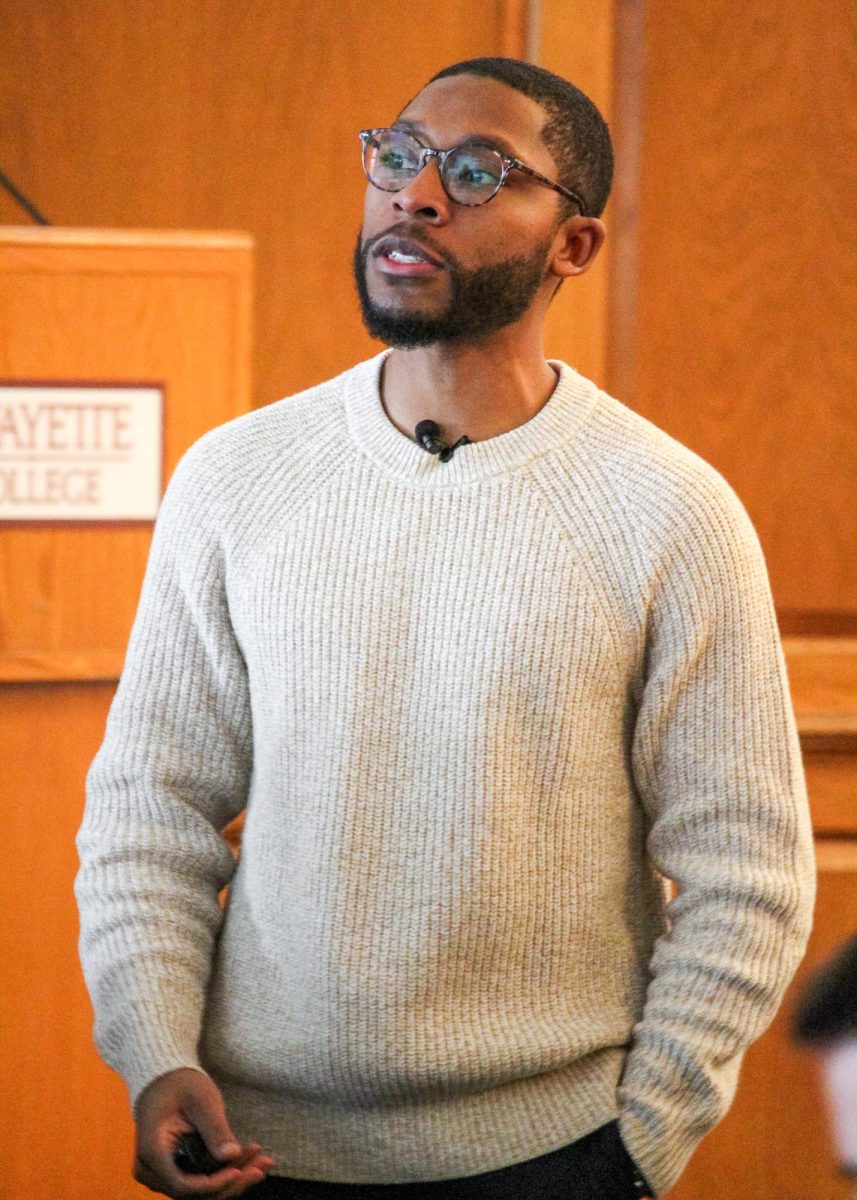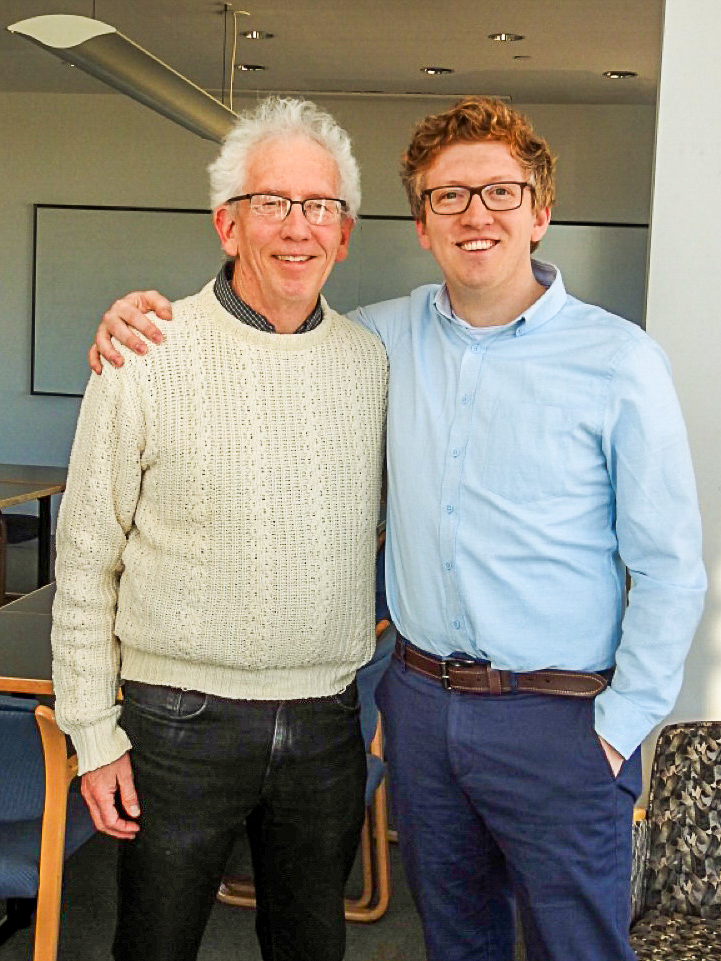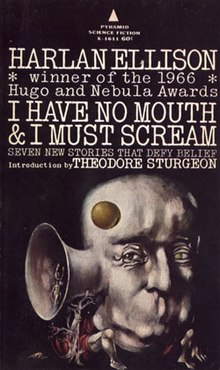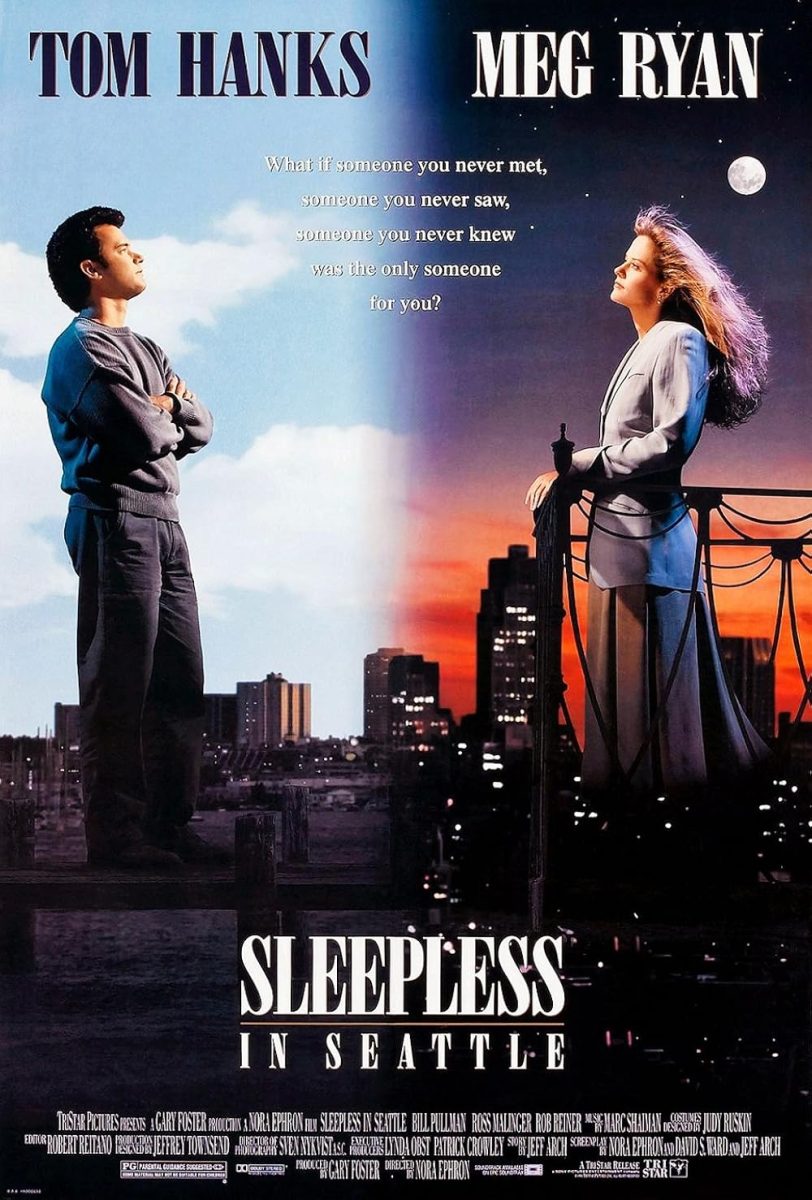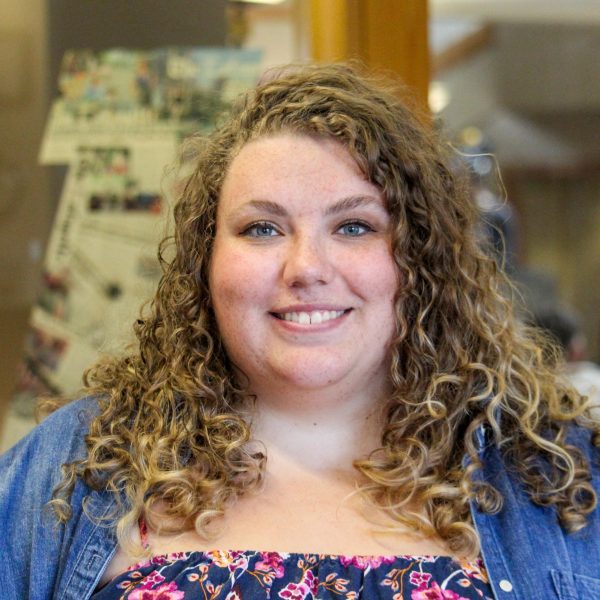Book Review: ‘Beautiful World, Where Are You’ stuns with complex, nuanced characters
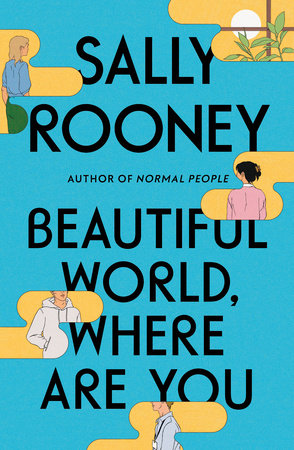
‘Beautiful World, Where Are You’ follows the story of Alice and Eileen, two college best friends, and their experiences with work, romance and finding themselves. (Photo courtesy of Penguin Random House Canada)
February 11, 2022
If you’re looking for something to make you laugh, cry, smile, worry and roll your eyes the same way that the rest of life does, pick up Sally Rooney’s “Beautiful World, Where Are You.”
Rooney, the acclaimed author of “Normal People” and “Conversations with Friends,” has returned with her third full-length novel. “Beautiful World, Where Are You” tells the story of Alice and Eileen, college best friends struggling to adapt their relationship to their new adult lives and their complicated romantic relationships with Felix and Simon, respectively.
The novel functions as an older sister to Rooney’s previous works. The characters deal with the same struggles to find their identity as the characters in “Normal People” and “Conversations with Friends,” but this time the backdrop is careers in your 20s and early 30s rather than college classes and summer vacations.
Alice, a successful author dealing with the fallout of her recent mental health crisis, has moved out of Dublin and into an enormous house in a small, coastal town. After she meets warehouse worker Felix on Tinder, their relationship navigates the strange dynamic of getting to know someone and all of their idiosyncrasies. Eileen, an underpaid Dublin editor and Alice’s old roommate, is cycling through yet another chapter of her on-again, off-again relationship with beloved childhood friend Simon as she attempts to find the balance between keeping their friendship safe and giving in to her true feelings.
The story is first told in chapters that alternate between one of the women and the emails they write to each other. Their stories then intersect when Eileen and Simon go to visit Alice and Felix, bringing the pair together for the first time since Alice’s tumultuous exit from the Dublin scene.
“Beautiful World, Where Are You” possesses the characteristic discomfort of Rooney’s novels. To read the piece, you have to accept the fact that you’re going to see ugly parts of yourself reflected in the characters. Who hasn’t let their internal struggles cause a rift with people they care about deeply? Who hasn’t agreed to something they don’t want to appease a loved one, then become frustrated when they don’t understand their true feelings? This doesn’t make for a comfortable reading experience, but in that discomfort, readers can see where Rooney shines: raw, realistic depictions of human relationships.
Everything about Rooney’s characters is deeply–and sometimes alarmingly–real. They fight about money and religion, make bad choices and hurt each other both accidentally and on purpose. They worry about climate change, poverty and structural violence, and they wonder if their work matters when the world can seem so bleak. Most importantly, they never escape the consequences of their actions. They are a far cry from one-dimensional tropes with tidy storylines. They are unique, flawed and beautiful.
Rooney does so much with so little throughout the book. By “so little,” I mean the everyday monotonous action around which the novel centers: waking up and going to work, spending money you don’t have on coffee and coming home at the end of the day to have awkward conversations while eating takeout and watching the news.
These are the moments that make up our lives. “Beautiful World, Where Are You” shows readers the beauty in them.





















